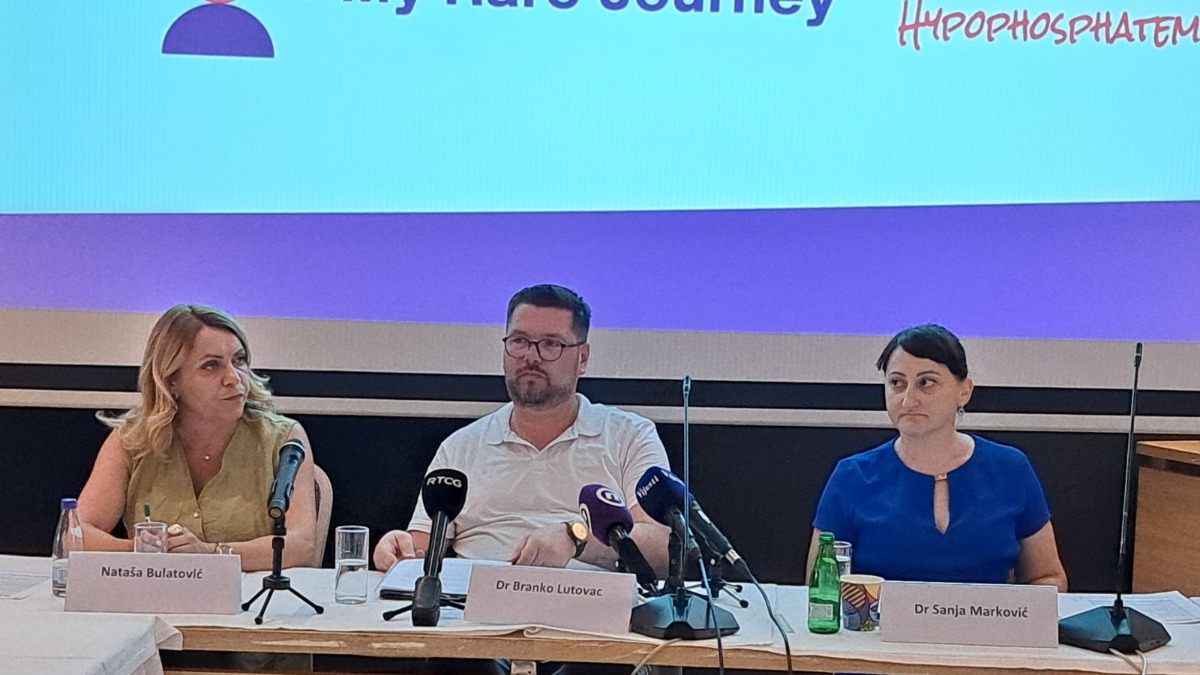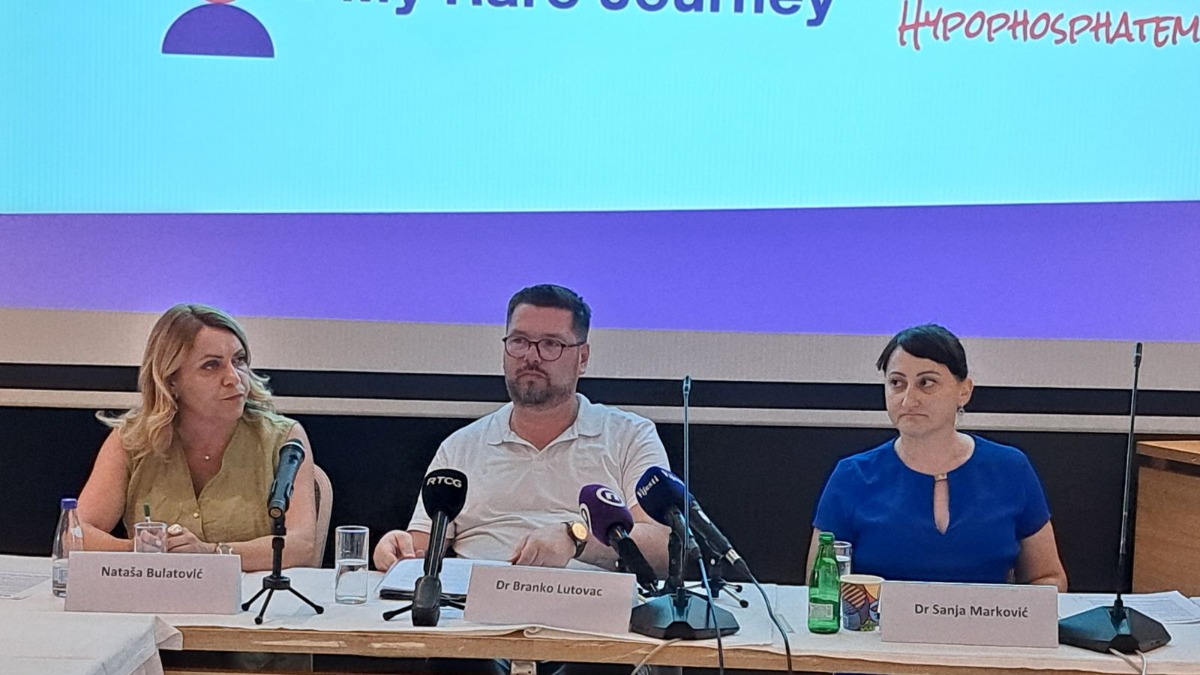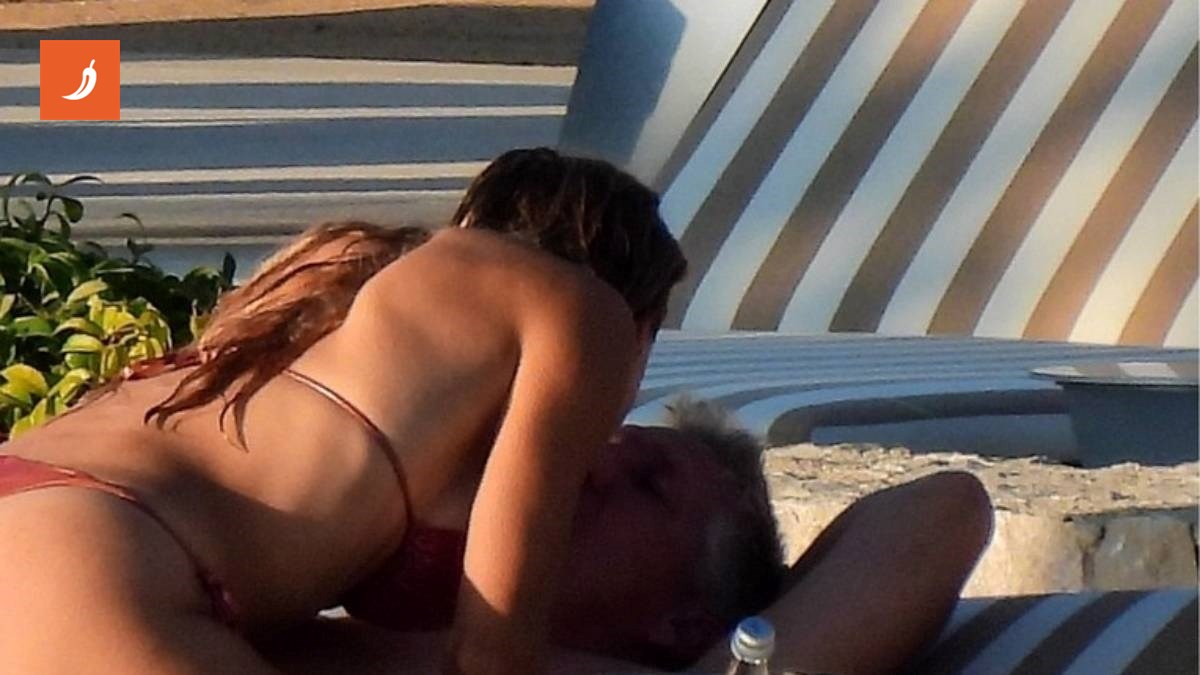Imagine this: in Montenegro, there is a registered, modern, targeted therapy for a rare inherited disease called X-linked hypophosphatemia, but there are no registered patients! Yes, you read that right. Around 30 people in the country live with this disease, but officially – none. How is that possible? It seems this disease is so unknown that even doctors don’t recognize it, and its symptoms are easily confused with other, more common illnesses.
X-linked hypophosphatemia is a disorder of phosphorus metabolism, crucial for bone growth and development. Symptoms appear as early as the first year of life: bowed legs, difficulty walking, pain, delayed growth, and delayed tooth eruption. But unlike rickets, where vitamin D can cure symptoms, in this disease deformities remain and pain persists chronically.
Doctors warn that diagnosis is simple – just test phosphorus levels in the blood. Yet, due to lack of awareness, patients remain unrecognized and untreated. This means children grow up with pain and deformities, and adults face chronic pain, osteoarthritis, and the need for surgeries as early as their 30s.
Worse still, Montenegro has no patient association for this disease. People are stigmatized, hide their problems, and society knows nothing about them. The national rare disease organization has about 28 members with various diagnoses, but none with X-linked hypophosphatemia.
Thanks to modern biological therapy, children diagnosed early can have a normal, carefree childhood. But only if the disease is recognized in time. That’s why it’s crucial for everyone – from parents to doctors – to know the symptoms and not ignore bowed legs in children.
This medical mystery is a wake-up call for the entire healthcare system: we have the medicine, but no patients. Is the problem ignorance, stigma, or something else? One thing is clear – it’s time to talk louder about this disease, find patients, and give them a chance at a pain-free life.
If you’ve ever seen a child with bowed legs or noticed a child struggling to walk, maybe it’s time to ask – is it just normal development or something much more serious? Don’t turn a blind eye to this silent suffering. And if you have your own “X” in life, share it in the comments – maybe your story will change someone’s life!










